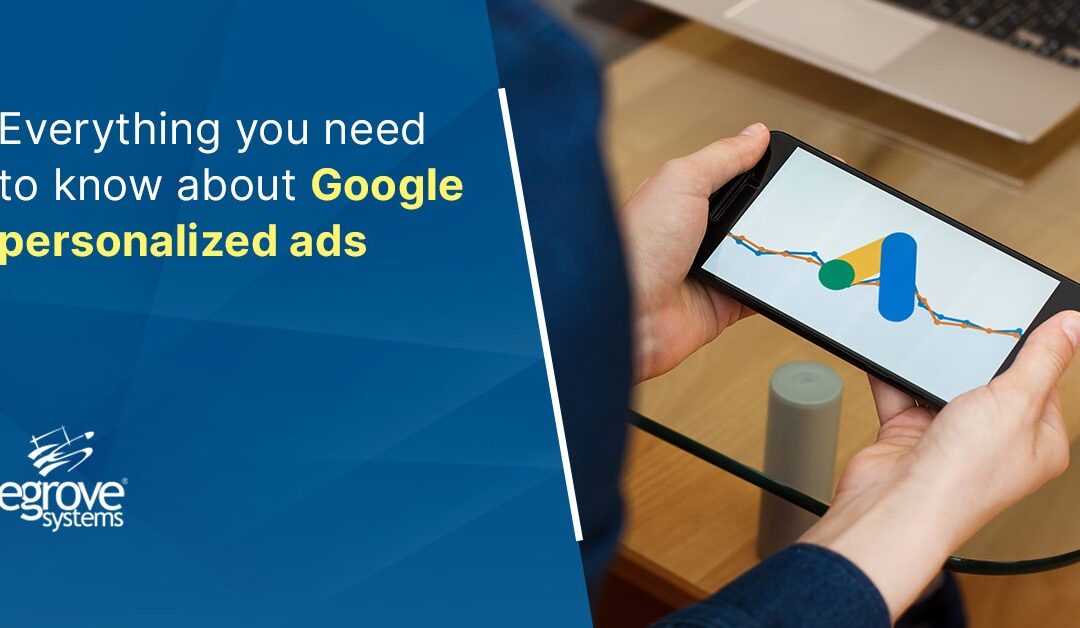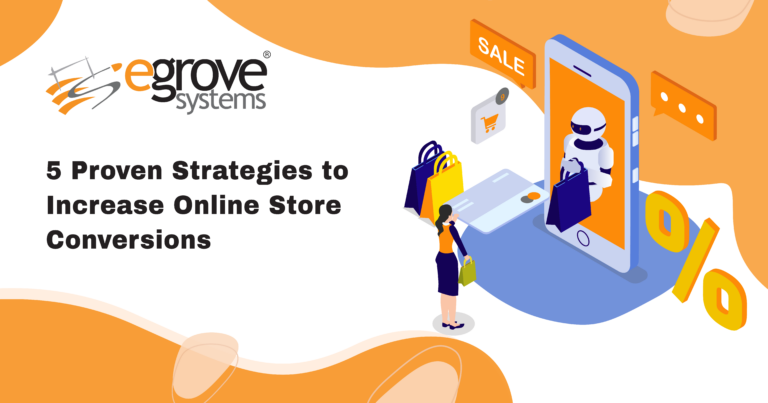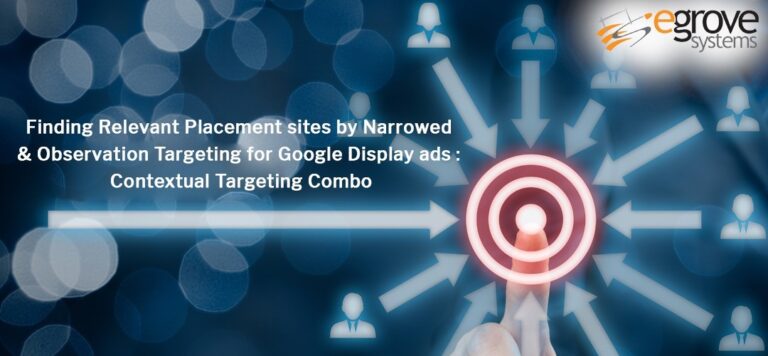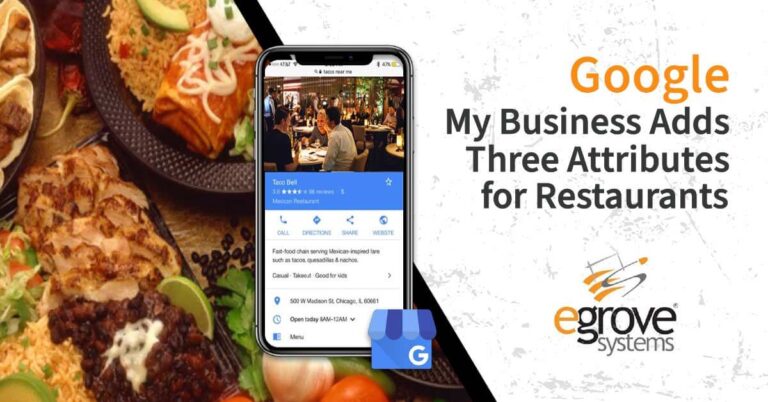If you keep tabs on the major happenings of the tech industry, you might have got a hint about the hidden need for personalized and secure ads. Although individualized marketing was in hype even a few years ago, the focus is shifting toward group targeting. To shield the privacy of users, Google announced that it is one step ahead to deliver ads that can offer both privacy and personalization.
What is the core of the announcement of Google?
Google started by stating that the support of all the 3rd-party cookies will stop before March 2022. As a response to increased concerns of internet users over submitting their IDS to business, Google also launched the ‘Sandbox’. It is an initiative developed to create innovative methods of customer targeting, and this time, the techniques are more privacy-friendly, so it would not require cross-site tracking of individual customers.
How will the group targeting approach work?
On October 21, 2020, Google released the results of a test they have conducted by targeting people with similar browsing histories, also known as audience cohorts. The results showed that targeting these users collectively would fetch better results than if done individually.
Read also: How Do You Scale Google Shopping 2022
What are the types of cohort assignments Google used in the test?
Although when a group of people is clustered in cohorts, their privacy was protected, marketers faced problems while targeting the groups precisely.
In the first type of cohort assignment (A), users were clustered based on their utility, but with a large number of users in the same cohort, it was getting difficult to segregate each user’s behavior. Also, a large set of the cohort will typically comprise users with different behavior and interests, and thus personalization is not feasible in such cases. The information from such cohorts is difficult to utilize to create personalized fine-grained ads for the audience.
In the 2nd type of cohort assignment (B), although a large number of users were clustered, they shared common interests, and thus creating personalized Google ads was very much possible.
As mentioned already, an ideal cohort should comprise users with similar behavior and browsing activities. But creating smaller groups would not guarantee increased privacy, so the groups need to have a larger set of audiences. Only creating cohorts would be sufficient, the cohorts need to have as many common touch-points as possible.
If you have a knack in knowing about the detailed list of algorithms used in the clustering techniques, you can check the report available at Github. From the data you will also come to know how Google has utilized public and proprietary datasets to develop both distributed and centralized clustering. Although the methodology of the process looks satisfactory, Google says that it is yet to go through various stages of development .
Why marketers should look forward to this launch?
According to a spokesperson of Google, the results show the possibility that marketers can create both personalized and secure ads for their audience soon. However, such ads can only be created when Google stops permitting 3rd-party cookies. Google also added that it has still a long way to go to formulate the final product. Even though marketers will have to wait for the ads, it will most likely solve the decade long dilemma between security and personalization. Professionals say that the move was anticipated after the US filed the DOJ lawsuit against Google recently.
It has been a few years since the digital marketing industry has been preaching about the importance and success rate of 1:1 ads. Finally, in the post-cookie world, we are going to witness the onset of ads catering to the foremost needs of the audience, personalization, and security.







